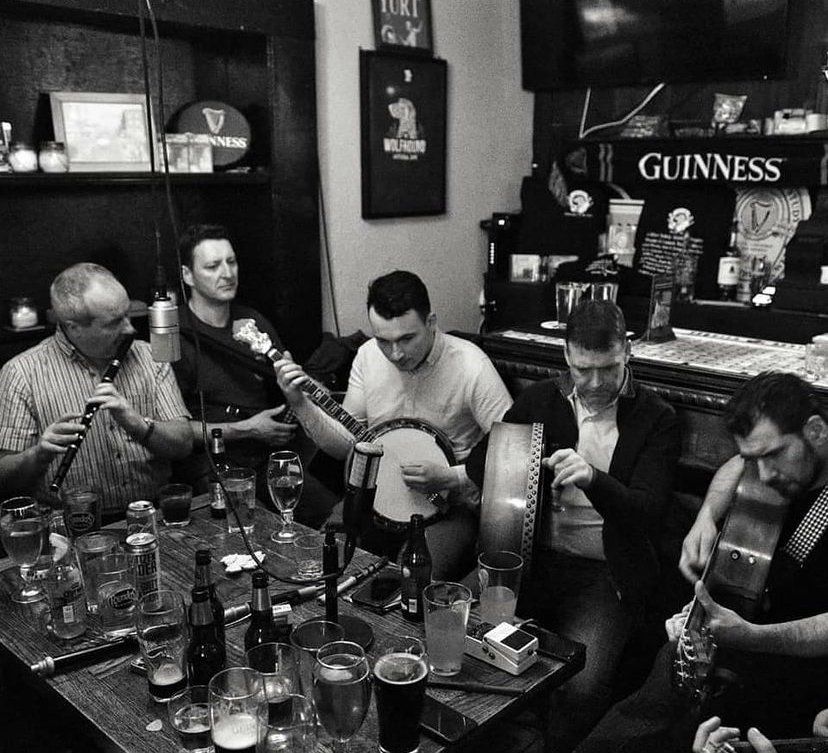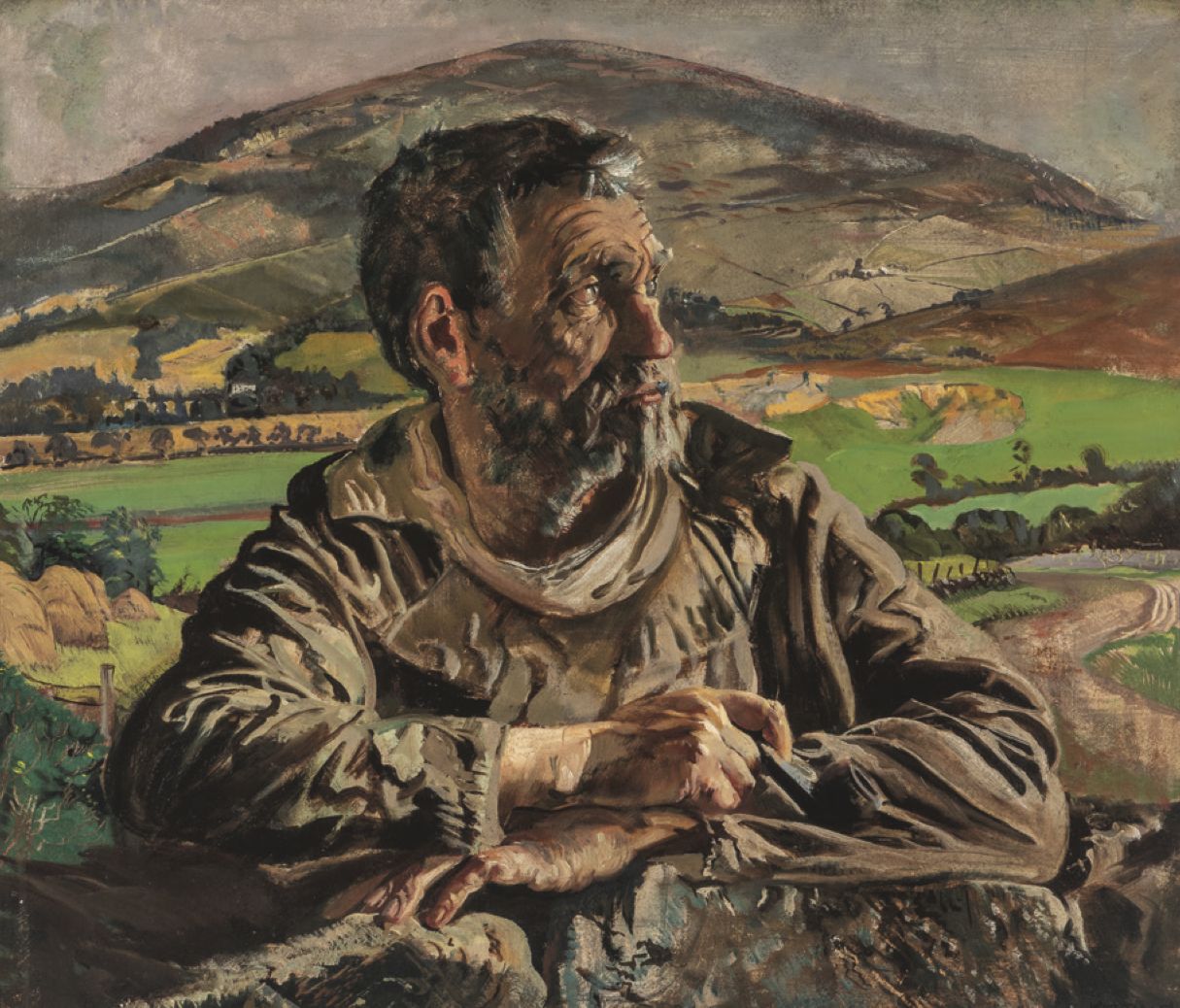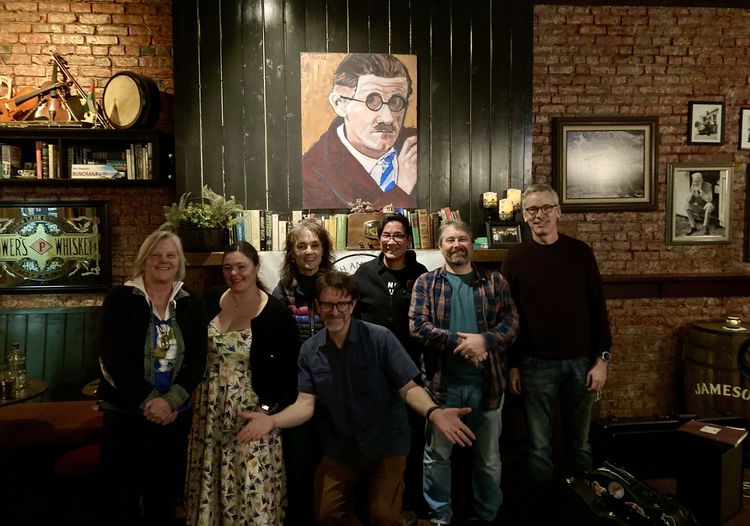It’s almost that time of year again. St. Patrick’s Day celebrations have been on the back burner for almost two years now, but I’ve been hearing about all sorts of upcoming gigs and tours, and it seems like many, many systems will be back online this March. Get out and see some live music if you can make it!
So, if you’re going to be around New York City this week, why not head over to Queens for “Trad Week” at the Wolfhound? Since 2016, they’ve presented the cream of the city’s crop, and as an added bonus they’ll bring guest musicians with a “heavy Ennis influence” over to celebrate the music of County Clare. If you’ve been out to the Wolfhound for Trad Week before you’ll know what to expect, and what great music you’ll find. To learn more about the schedule, visit www.wolfhoundnyc.com.
If New York isn’t your home, you’re still in luck. Supergroups such as Danú and Lúnasa are going to embark on U.S. tours in the next few days. Danú will be out Feb. 18 through March 19 and will visit New Jersey, New York, Pennsylvania, Minnesota, Mississippi, Alabama, Georgia, North Carolina, New Hampshire, Vermont, Massachusetts, Connecticut, Illinois, Colorado, and New Mexico, while Lúnasa heads out March 1 through the 17th and see audiences in Washington, Oregon, California, Minnesota, Illinois, Ohio, New York, Vermont and New Hampshire. Visit danu.net and lunasamusic.com for full tour details.

It’s Trad Week this week at the Wolfhound, Astoria.
What if you’re feeling more “virtual” but still yearn for a rewarding cultural experience appropriate to the season? Again, you’re covered. “Seeing Ireland” is a recently-launched immersive online recreation of “Exposition D’Art Irlandais,” an art exhibition that launched in Paris in January 1922 and was part of the “World Congress of the Irish Race,” an event that also consisted of conference sessions, lectures, concerts and theater. It is connected with the “Who Do We Say We Are? Irish Art 1922 | 2022” exhibition currently being held at Notre Dame’s Snite Museum.
In addition to a three-dimensional virtual walkthrough of the exhibition (which was considered “an early deployment of soft power and cultural diplomacy with Irish art being utilized to rebrand postcolonial Ireland and show the world what the nation aspired to be”), the “Seeing Ireland” site includes an annotated map of Paris detailing the event, descriptions of the conference, lectures, theatrical presentations, and a short period film of anti-Treaty delegates touring Paris in motorcars.
As you might imagine, music is very much a part of this online exhibition. Produced as a complement to ”Seeing Ireland,” the album “Who Do We Say We Are?” features some of traditional music’s finest artists and includes music that relates to the exhibition in various ways, sometimes as impressionistic interpretations of the art, others as recreations of music as heard at the event. It is excellent and freely accessible through the exhibition’s website, and includes a downloadable PDF booklet of liner notes that includes art and commentary on each track.
The approach and scholarly tone of this production are reminiscent of the album that accompanied the “Ireland: Crossroads of Art and Design, 1690-1840” exhibit organized through the Art Institute of Chicago’s exhibit in 2015, and indeed many who contributed to that project have returned for this one.
The cast of players here includes Liz Carroll; Marty Fahey; Seamus Egan, Owen Marshall, Jenna Moynihan, and Kyle Sanna (of the Seamus Egan Project); The Goodman Trio (Mick O’Brien, Aoife Ní Bhriain, and Emer Mayock); Liz Knowles; Màiri Chaimbeul; and Damien & Colman Connolly, and makes for an astonishingly good overall production.
Although four of the tracks include music that was performed in the 1922 concerts, none is mired in overbearing historicism. Rather, the entire production is compellingly forward looking, with a contemporary aesthetic. Thus, in addition to the older material there are many modern compositions, including several by the album’s producers Liz Carroll and Marty Fahey.
A few tracks really stand out to me, including “Translation-Rotation (Hop Jig) / The Approaching Storm” by the Seamus Egan Project, the stately “Savourneen Deelish / A Mhurnin dilis” by The Goodman Trio, “La Valse des Artistes (Waltz) / The Rakes of Mallow (Polka)” by Damien and Colman Connolly, and “Sleeping in Tir na nÓg” a track featuring Liz Knowles built around a sample of Elizabeth Cronin’s singing. I also quite like how the short interview clip of Jack B. Yeats on “The Art of Living” is coupled with a pair of Liz Carroll compositions, “Until We Meet Again / The Art of Living,” as the two round out each other. Overall, every track is well crafted and lovingly performed – it’s interesting to listen to them as you look at the visual are they’re each paired with or as you peruse the exhibit in general.
“Who Do We Say We Are?” is a gorgeous collection of tracks for home enjoyment during the upcoming St. Patrick’s season. It’s a website lovers of Irish music and history will love, especially now that we’re in the centenary year of the Irish Free State, and it’s one you can easily recommend to friends as it’s part of a charming and inspiring immersive multimedia experience. Check it out! The exhibit – including the album “Who Do We Say We Are?” – can be accessed in full at seeingireland.ie.








